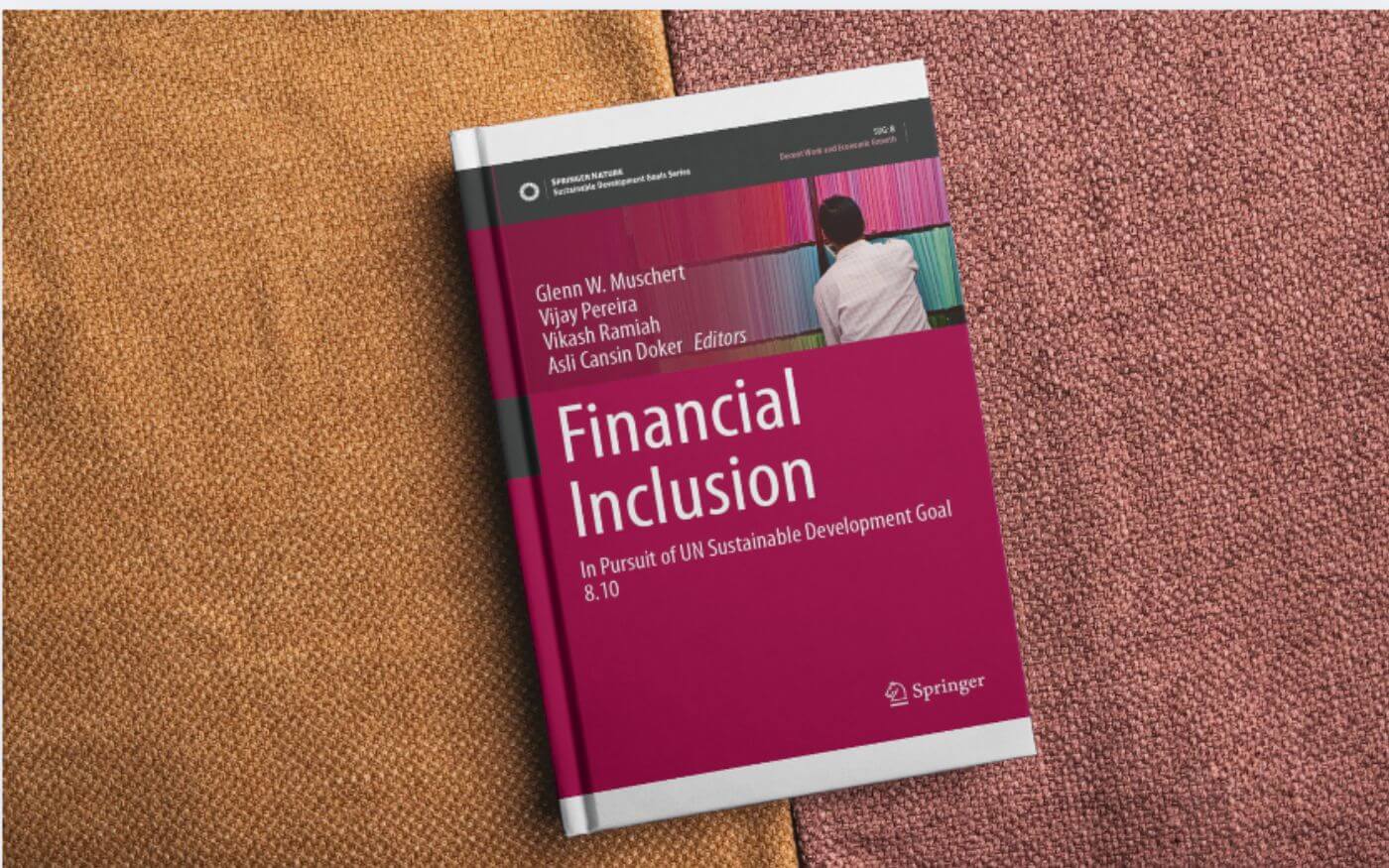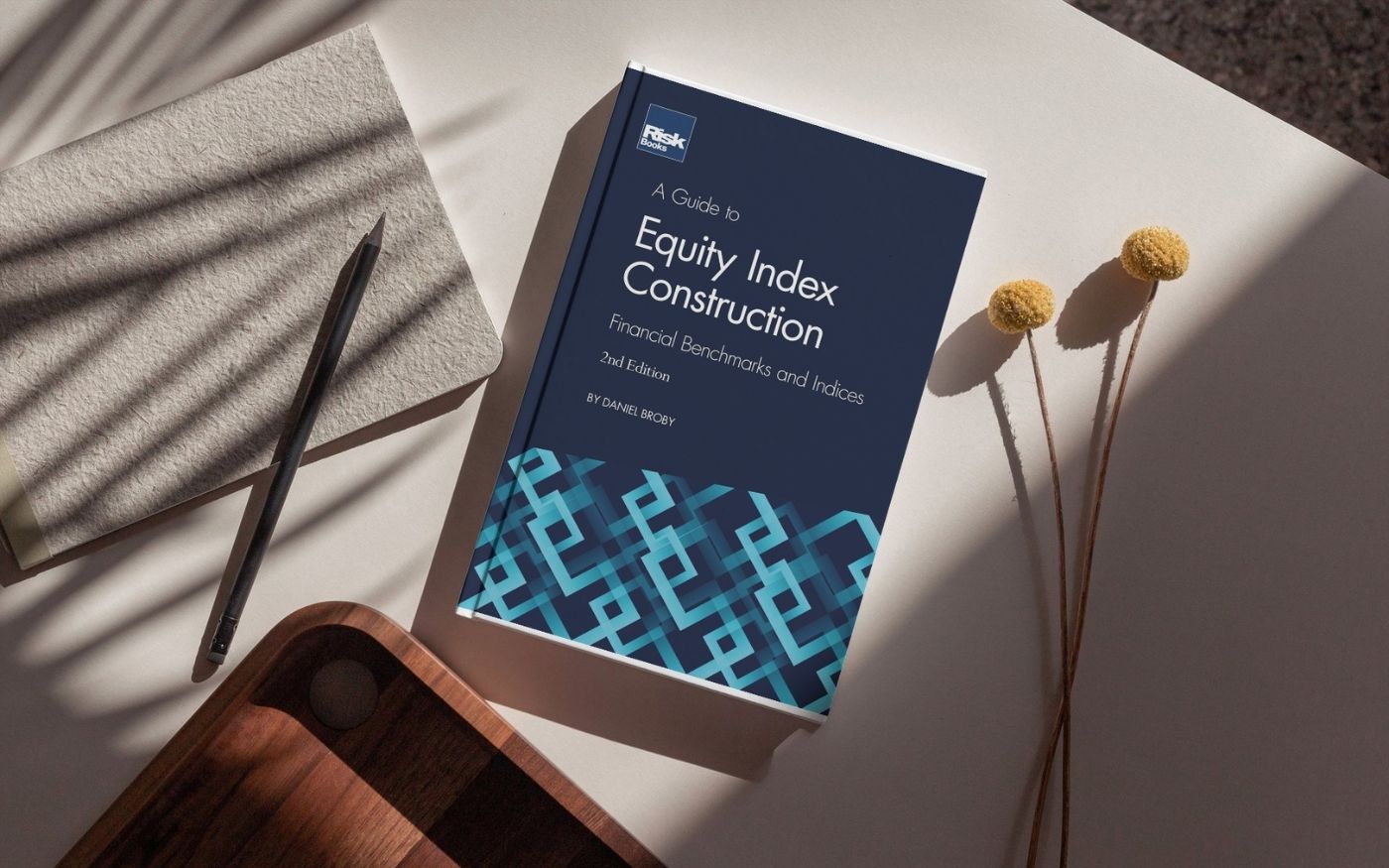Chapter Title: Nexus Between Financial Inclusion and Economic Activity: A Study About Traditional and Non-Traditional Financial Service Indicators Determining Financial Outreach
Author: Florian Gerth
Executive Summary
The book chapter “Nexus between Financial Inclusion and Economic Activity: A Study about Traditional and Non-Traditional Financial Service Indicators Determining Financial Outreach” studies the intersection between financial inclusion (SDG 8.10) and economic prosperity.
Instead of following the past literature and approximating financial inclusion by variables only capturing traditional financial services, this research takes into account non-traditional financial services including mobile money and non-branch retail agent outlets.
With the help of the Normalized Inverse of the Euclidian Distance and a one-way fixed effects panel model, it documents empirically robust results about the positive link between financial inclusion and the level of economic activity.
In addition, a break between poverty and financial inclusion is established by regressing the calculated index of financial inclusion on demographic, socio-economic, and variables concerning the health and depth of the financial sector.
The implications of this finding of this analysis are twofold. First, it highlights the improvements in low, lower-middle, and upper-middle-income countries in terms of outreach to financial services in the last decade. Second, it shows that the level of education and the soundness and depth of the local financial sector are important in reaching higher levels of financial inclusion.
Overall, our results emphasize the importance of targeted policies to increase the accessibility, availability, and usage of the financial sector in attaining sustainable and long-lasting economic prosperity.
Major Points:
Multi-dimensional nature of Financial Inclusion: Financial inclusion is multidimensional. An index, comprising three main dimensions, Access, Availability, and Usage, is estimated to measure the true level of financial inclusion for a sample of 188 countries.
Non-traditional nature of Financial Inclusion: Variables approximating financial inclusion have changed within the last years. Instead of relying on traditional measures like the number of ATMs within a country, new measures like mobile money and non-bank outlets play a key role in financial intermediation.
Financial Inclusion Fosters Economic Prosperity and Growth: Empirical results show that a higher level of financial inclusion is in line with a higher level of economic prosperity. At the same time, more prosperous countries, realize lower rates of growth, as well as lower rates of increase in FI.
Low-income countries are catching up: In line with the Neoclassical growth theory, low-income countries are catching up. This is partly because digital financial innovations have been adopted.
To cite this chapter: Gerth, F. (2024). Nexus between financial inclusion and economic activity: A study about traditional and non-traditional financial service indicators determining financial outreach. In G. W. Muschert, V. Pereira, V. Ramiah, & A. Cansin Doker (Eds.), Financial inclusion. Sustainable Development Goals Series. Springer. https://doi.org/10.1007/978-3-031-68803-4_20
To read the chapter, please follow this link: Read Chapter.
Congratulations, Dr. Florian!





